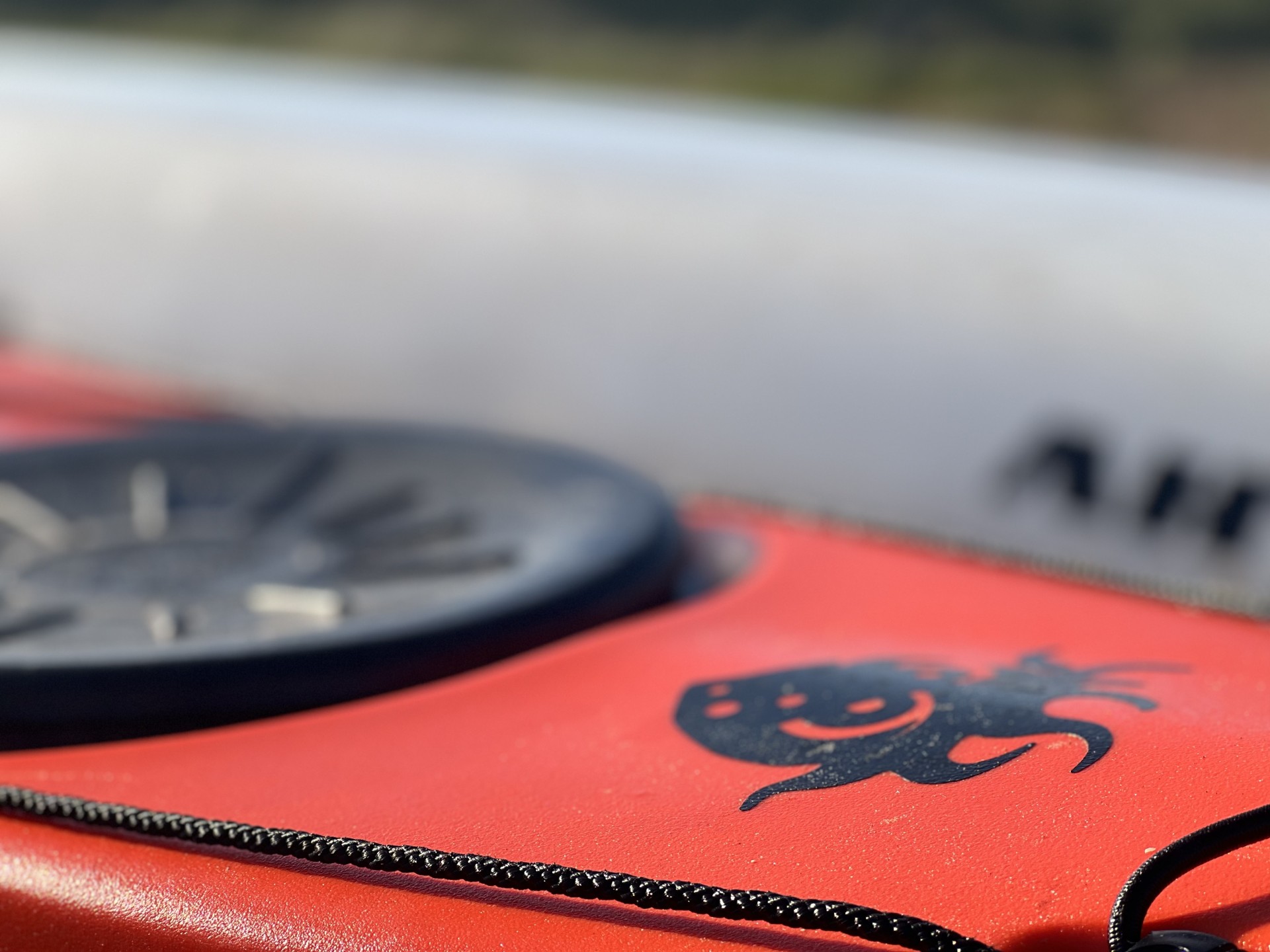
Essential Safety Practices for Sea Kayakers.
As the allure of Sea Kayaking beckons, drawing enthusiasts to the tranquil embrace of the water, it's paramount to prioritise safety above all else. Whether you're a seasoned paddler or just dipping your blade into the sport, understanding & implementing crucial safety practices can mean the difference between an exhilarating adventure & a perilous situation. In this guide, we'll explore essential safety measures for sea kayakers, empowering you to navigate the waters with confidence & responsibility.
Assessing Risks & Planning Ahead - Trip Planning.
Before setting off, take the time to conduct a thorough risk assessment. Consider factors such as weather conditions, tidal patterns, and your own skill level, all part of your pre-trip planning. Familiarise yourself with the area's marine charts & weather forecasts, and be prepared to adapt your plans accordingly.
When planning your route, choose waters suitable for your experience level. Be aware of areas with strong currents, heavy boat traffic, or hazardous obstacles and plan appropriately.
Share your itinerary with a trusted friend or family member, including details of your intended route & estimated return time.
Equipping Yourself for Safety.
No sea kayaking trip is complete without the proper Safety Gear. Invest in a high-quality personal flotation device (PFD) that fits snugly & allows for good freedom of movement. Wear appropriate clothing for the conditions, layering adequately for a semi-dry or drysuit, and always carry a waterproofed first aid kit.
Communication devices are essential for staying connected in case of emergency. Carry a waterproof VHF radio or a mobile phone in a waterproof Peli Case, and ensure they are fully charged & accessible.
Consider investing in a personal locator beacon (PLB) for added peace of mind.
Mastering Self-Rescue Techniques.
Even the most experienced kayakers can find themselves in challenging situations. A reliable Roll is strongly recommended as your first line of defence but you need a ‘toolbox’ of backups in support just in case you’re having an off day on the rolling front. Mastering Self-Rescue Techniques is essential for every paddler. Practice re-entering your kayak from the water in a safe & controlled environment, and familiarise yourself with different methods such as e re-entry and roll and a back deck scramble. Try to avoid ‘fiddly’ and time -consuming recoveries like a paddle float recovery.
Carry essential rescue equipment such as a bilge pump, marine V.H.F., and towline, and importantly, know how to use them effectively. In the event of a capsize, remain calm & follow the steps of your chosen self-recovery technique. Remember, preparation & practice are key to staying safe on the water.
Responding to Emergencies
Despite our best efforts to stay safe, emergencies can still occur. In the event of an emergency, prioritise your safety and the safety of those around you. Stay calm & assess the situation, taking decisive action as needed.
If you encounter another kayaker in distress, offer assistance if it is safe to do so, but prioritise your own safety first. Use your communication devices to call for help if necessary, providing clear & concise information about your location & the nature of the emergency. Speak slowly and clearly.
Take Responsibility, Get Trained
As sea kayakers, we have a responsibility not only to ourselves but also to our loved ones. Each time we venture onto the water, we carry with us the hopes & expectations of those who care about us. That's why it's crucial to prioritise safety above all else.
Investing in professional training can equip you with the skills & knowledge needed to stay safe on the water. Whether you're a beginner or an experienced paddler, there's always something new to learn.
Seek out reputable kayaking schools & instructors who can provide hands-on training tailored to your needs & experience level.
Stay Safe, Stay Alive
In conclusion, staying safe on the water is paramount for sea kayakers. By assessing risks, planning ahead, equipping yourself properly, mastering self-recovery techniques, and knowing how to respond to emergencies, you can enjoy your kayaking adventures with confidence & peace of mind as well as extend your paddling distance & sea conditions tremendously.
Remember, the call of the sea is strong, but so is the responsibility we have to ourselves & our loved ones. Always prioritise safety, get trained, and never underestimate the power of preparation & vigilance. Together, let's ensure that every sea kayaking trip ends safely, allowing us to return home to our families and loved ones.
Stay safe, stay alive, and happy paddling!
Ready to take your sea kayaking skills to the next level? Invest in professional training today & embark on your next adventure with confidence. Your safety & the safety of those you care about depend on it. Contact NOMAD Sea Kayaking for expert instruction & guidance tailored to your needs. Don't wait until it's too late—start your journey to safer paddling to.
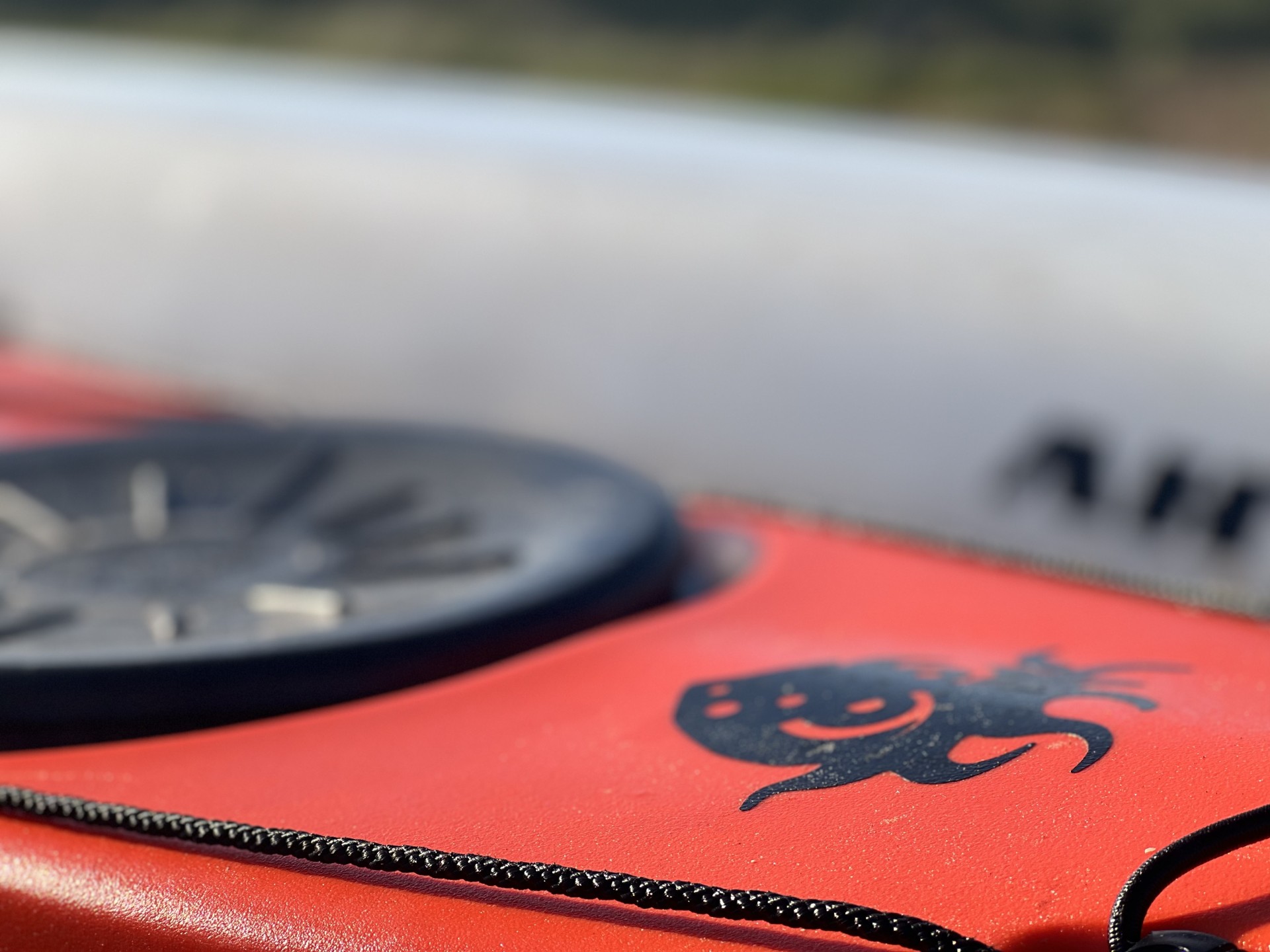
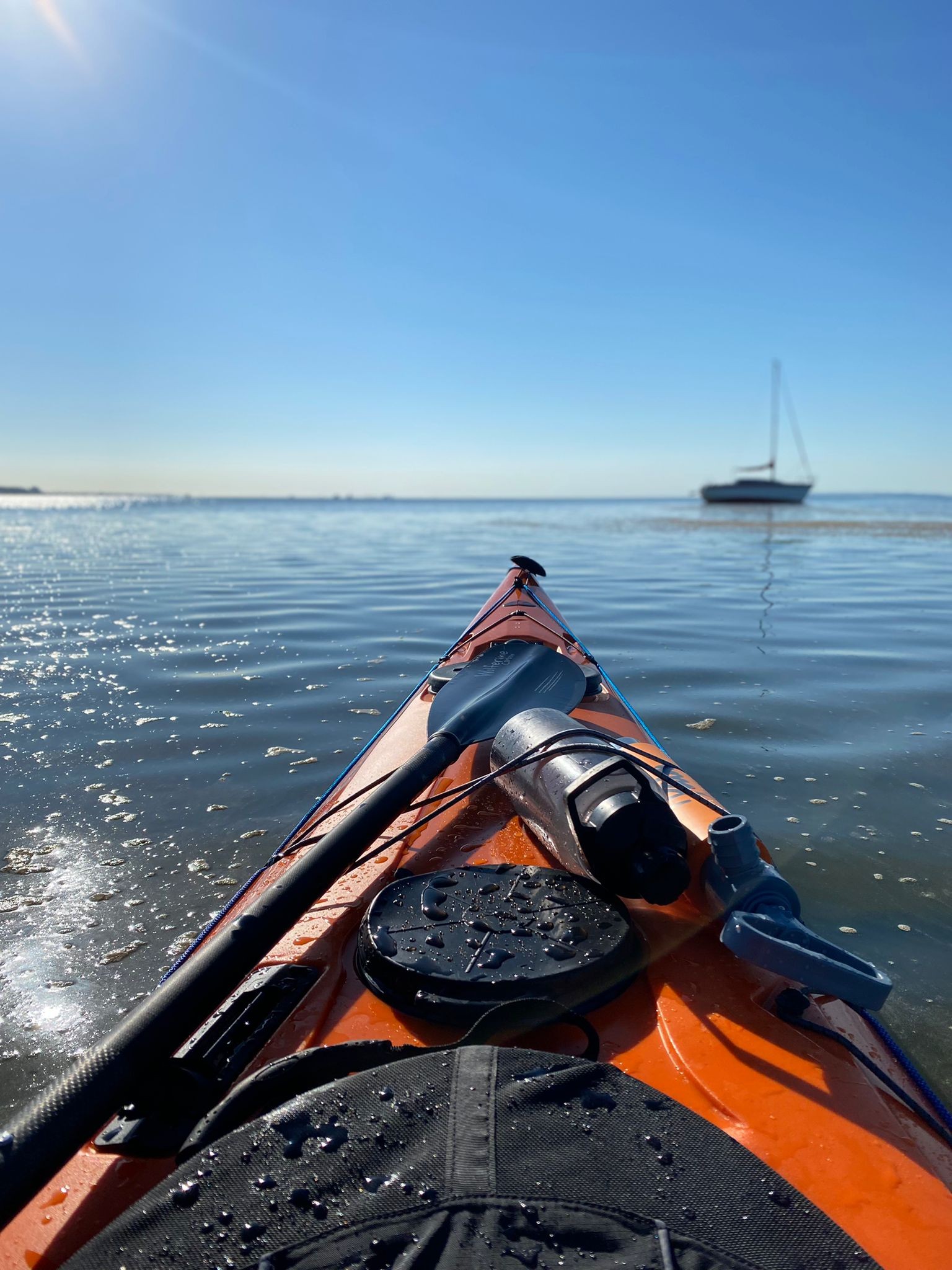
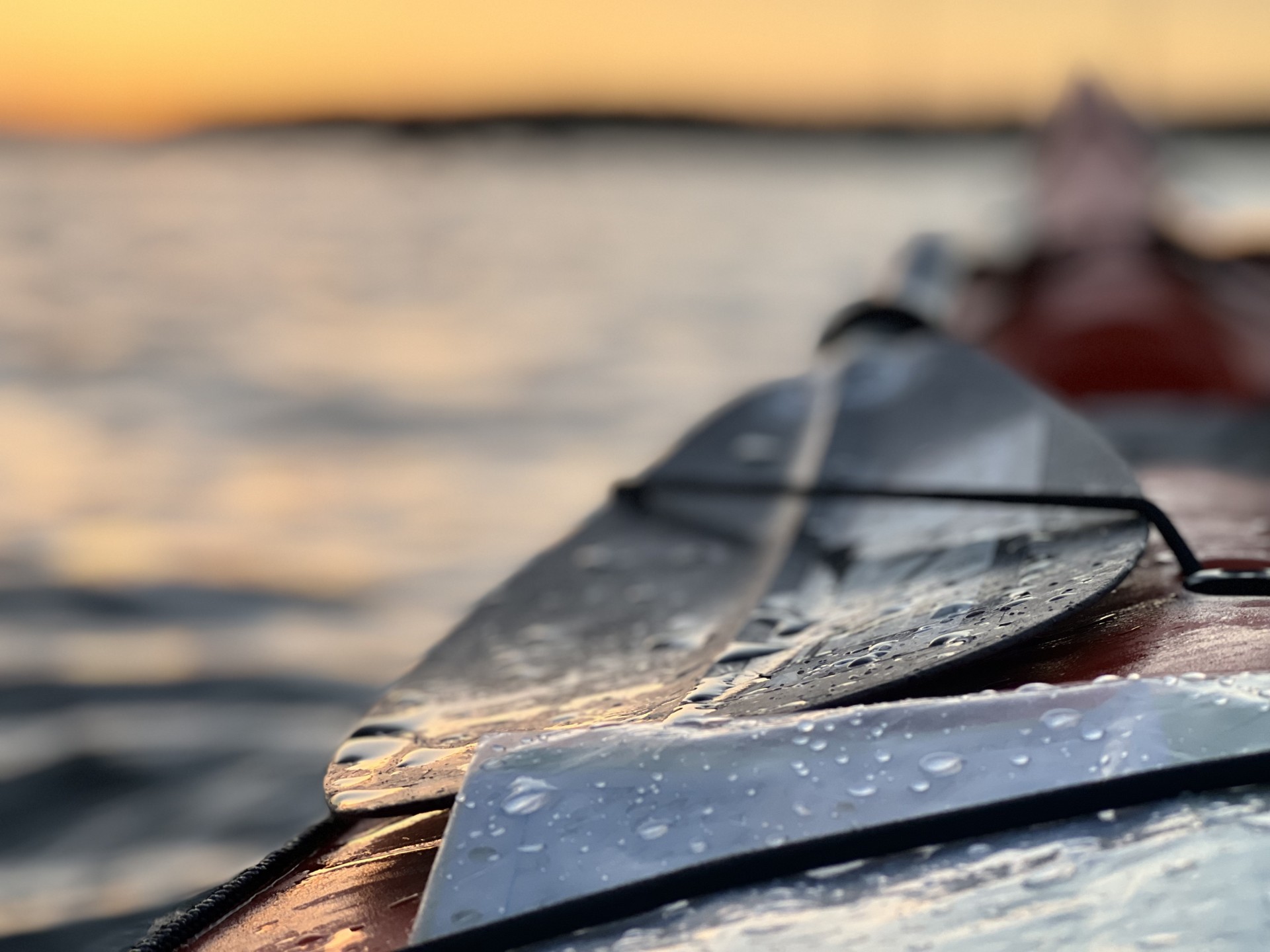
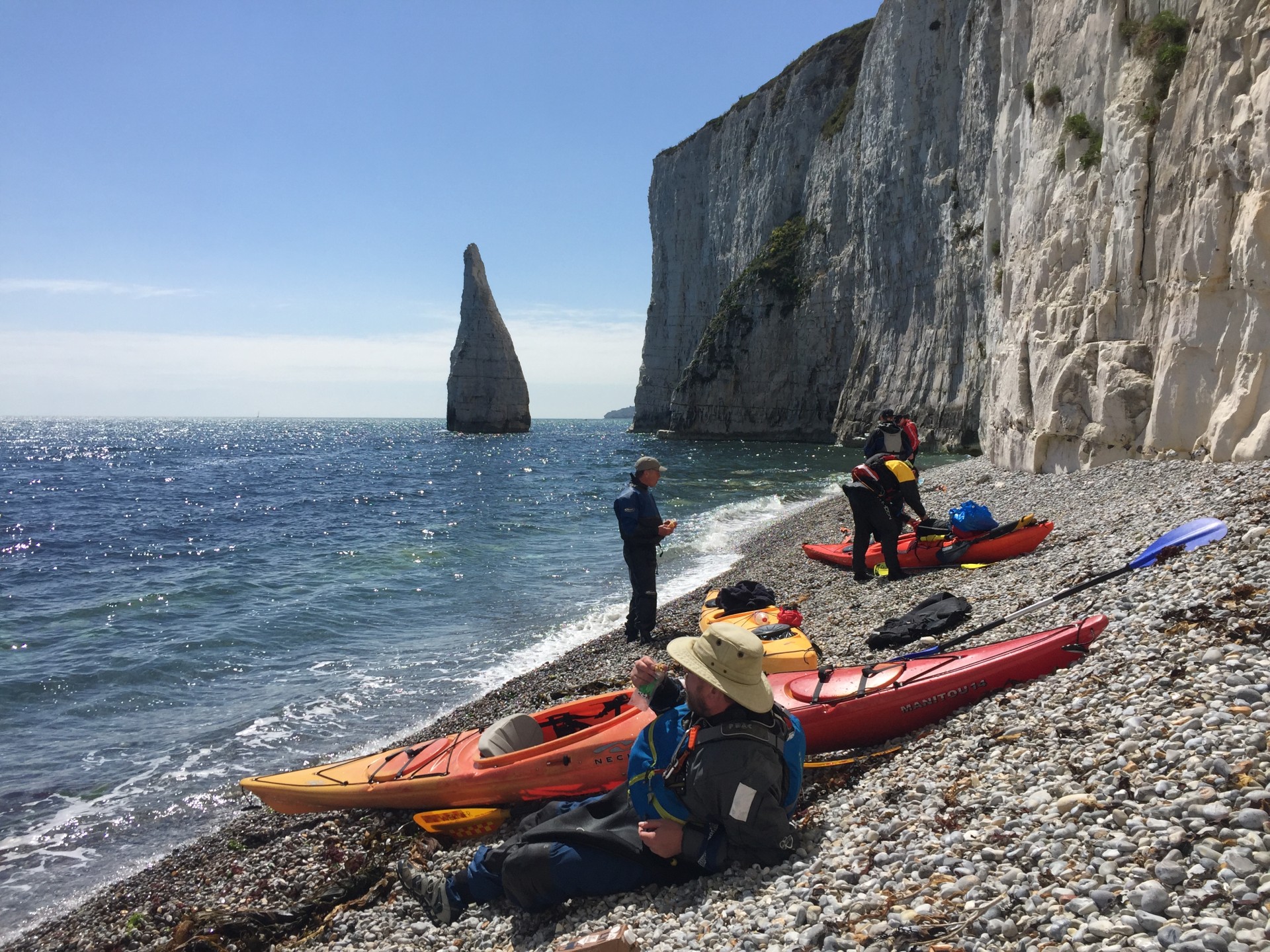
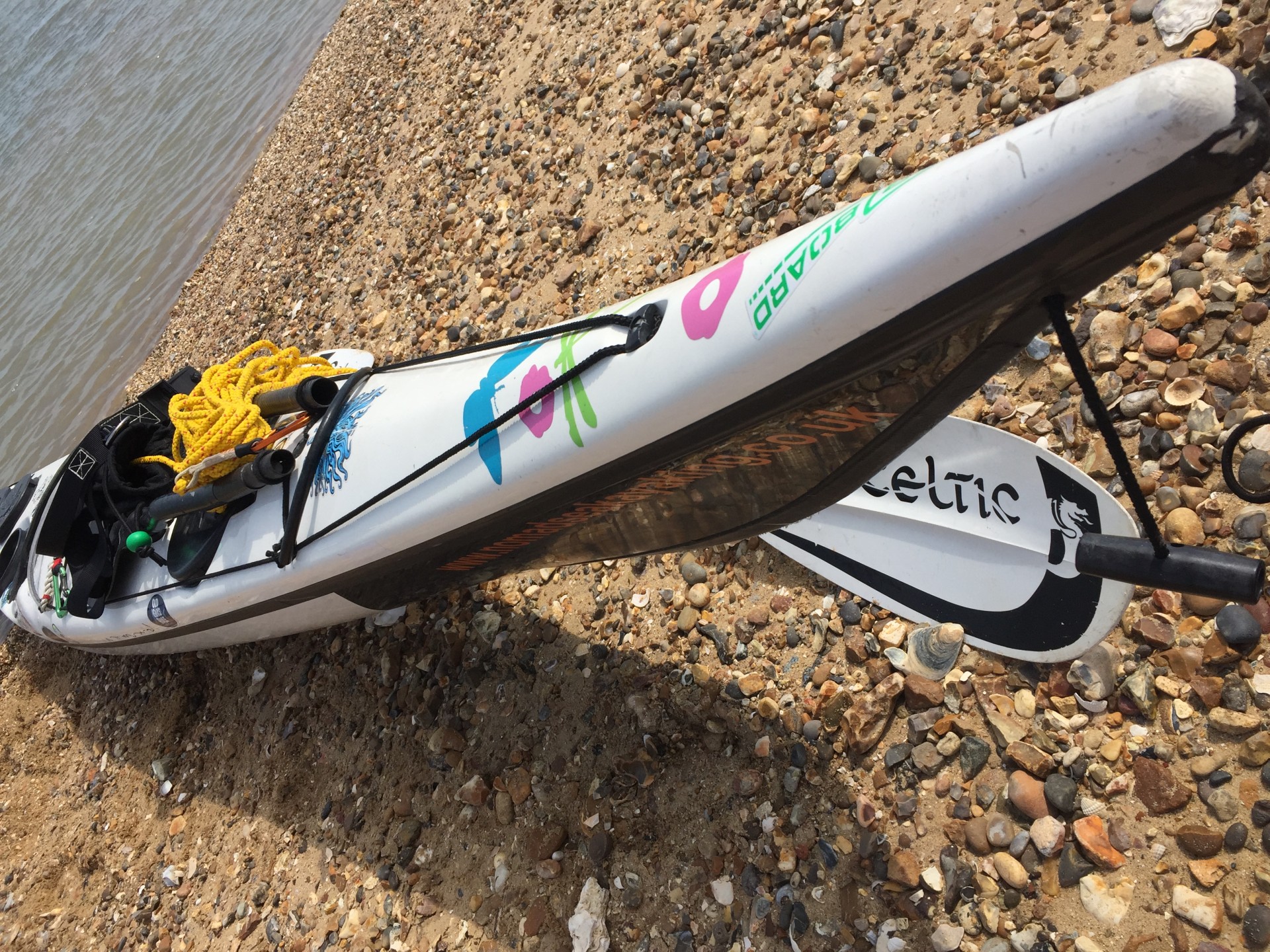
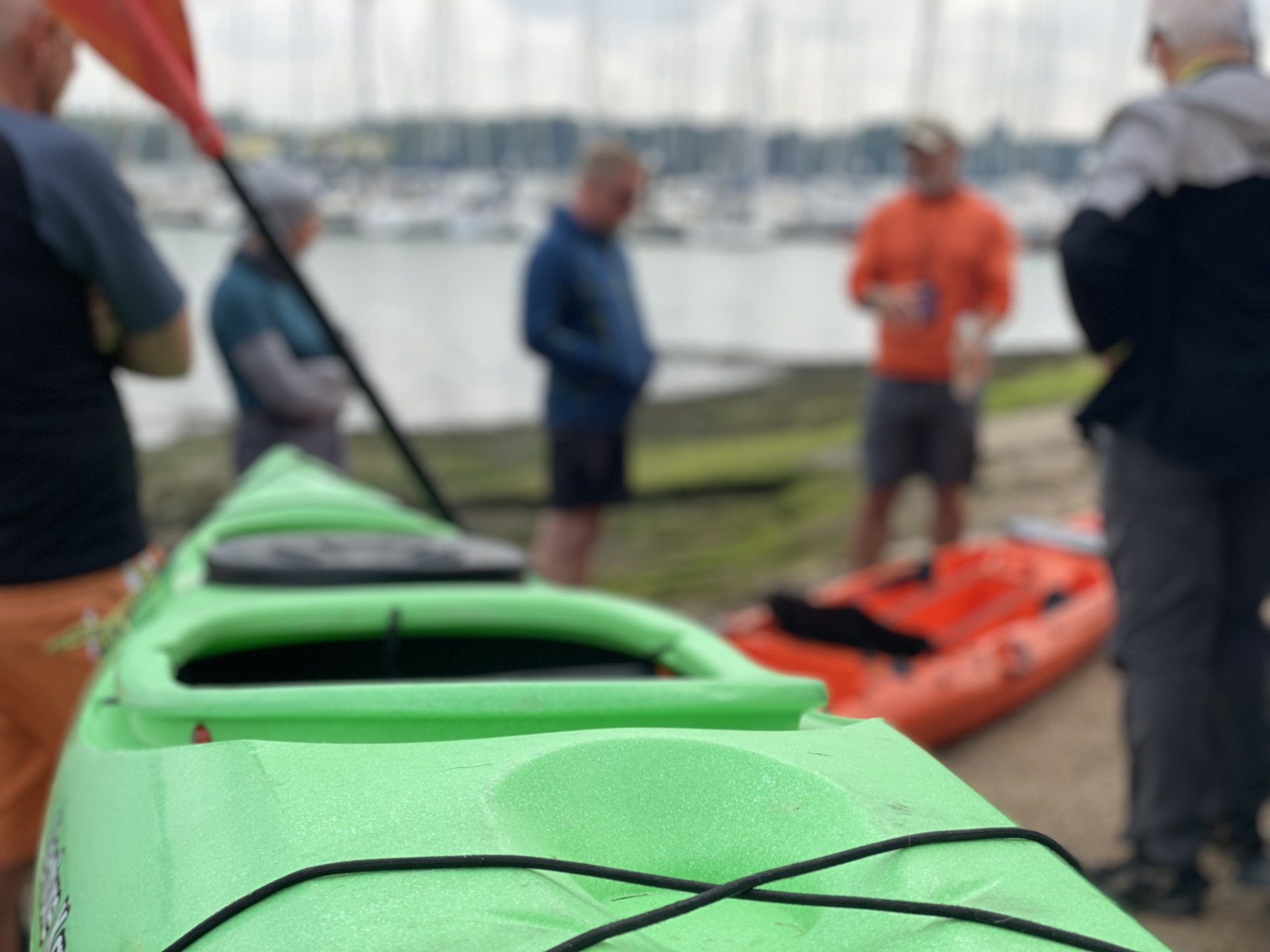

Since surfing with the pros as a kid in Durban South Africa on my hollow 12ft barge & getting absolutely trashed, I was hooked on sea paddling. Over a period of forty-two years I’ve surfed, white watered & sea kayaked in locations around the world. I've guided as a full-time professional for the past twenty one years & my journey continues.